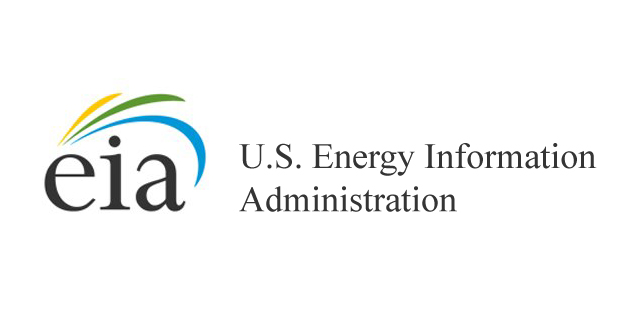In our June 2022 Short-Term Energy Outlook (STEO), we forecast that U.S. refinery utilization will be relatively high this summer in response to strong wholesale prices for petroleum products, such as diesel and gasoline, which have increased more than the price of the crude oil used to make them.
The price difference between the price of crude oil and the wholesale price of a refined petroleum product reflects the value of refining crude oil. This difference, known as the crack spread, can indicate refining margins and profitability. Crack spreads for both diesel and gasoline increased in the first several months of 2022.
Gasoline and diesel prices and crack spreads are well above historical averages in response to several factors including:
- Low inventories for both petroleum products in the United States and globally
- Fuel demand increases to near pre-pandemic levels
- Relatively low refinery production of both fuels compared with pre-pandemic levels
- Reduced petroleum product exports from Russia
- In response to these high prices, we expect that refinery utilization will reach a monthly average level of 96% twice this summer, near the upper limits of what refiners can consistently maintain. We expect refinery utilization to average 96% in June, 94% in July, and 96% in August.
We estimate U.S. refinery inputs will average 16.7 million b/d during the second and third quarters of 2022. This average is lower than the 2019 refinery inputs average of 17.3 million b/d despite high utilization rates because of reductions in refinery capacity since early 2020. U.S. refinery capacity has fallen by almost 1.0 million b/d since early 2020 because several refineries were closed or converted.

We expect wholesale prices for gasoline and diesel will begin decreasing in the third quarter of 2022, as refinery production increases. Despite our forecast price decline, we expect that wholesale fuel prices will remain well above previous years through the summer, based on higher crude oil prices as well as the ongoing impact of low global inventories. Low international inventories are likely to face additional tightness in response to the recently announced European ban on Russia’s energy imports.
Source: Hellenic Shipping News






